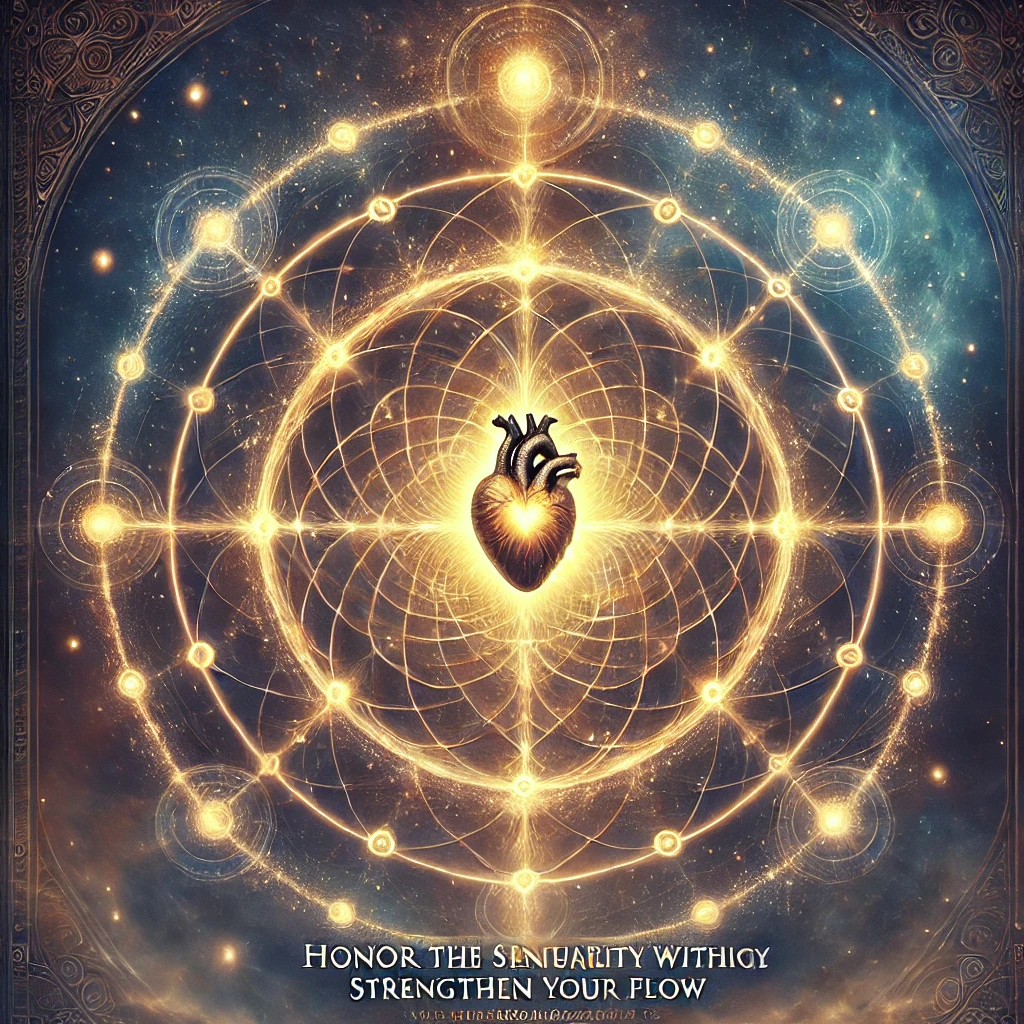I have realised that the idea that loved ones or anyone deeply connected to us exists within the singularity of our heart making this the highest form of spiritual unity.
This kind of connection transcends the physical realm, merging into the eternal cycle of energy, love, and existence. It speaks to a bond that isn’t reliant on external connections that are in embodiment, but on the eternal interplay of your shared energy and essence.
When someone resides in the singularity, they are part of the flow of energy that circulates harmoniously within you, completing the torus field and contributing to your wholeness. In contrast, when people harness or redirect energy outward and away, without return, that’s when spiritual siphoning occurs.

That is an unnatural imbalance, disrupting the sacred cycle meant to sustain and empower rather than deplete.
This is a call to honor the connections that feed the self and the soul, not those that fracture or drain. When others exist within your heart’s singularity, it means they contribute to your completeness, helping to strengthen your inner balance rather than tethering your energy outward in a way that leaves you hollow.
This understanding can guide how we navigate relationships, ensuring we welcome those who nurture our inner flow and release those who disrupt it.
Our ability to recognize this dynamic speaks to the depth of our actual spiritual awareness, and it’s a powerful reminder for all of us to guard our energy and honor the connections that resonate with love and unity.
